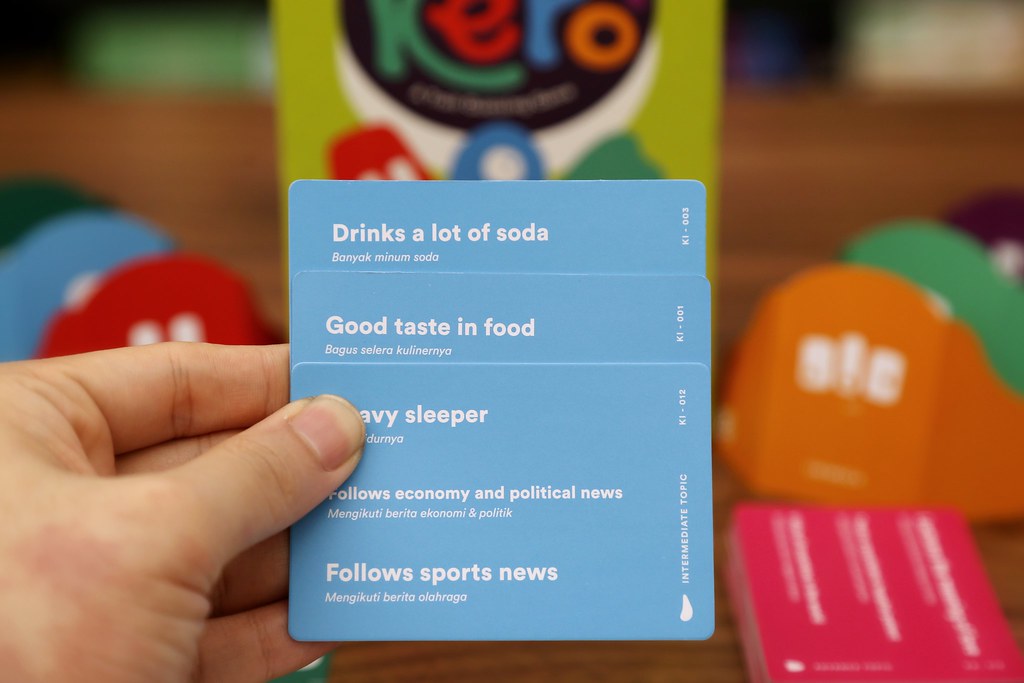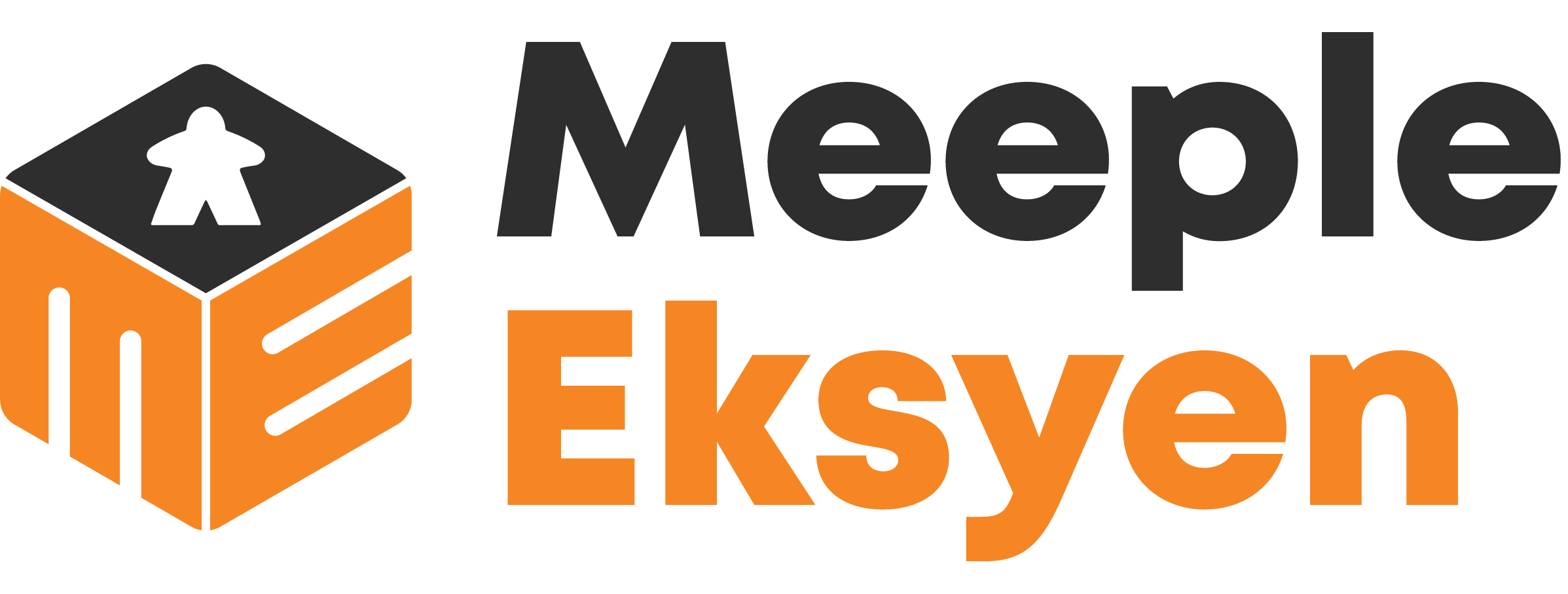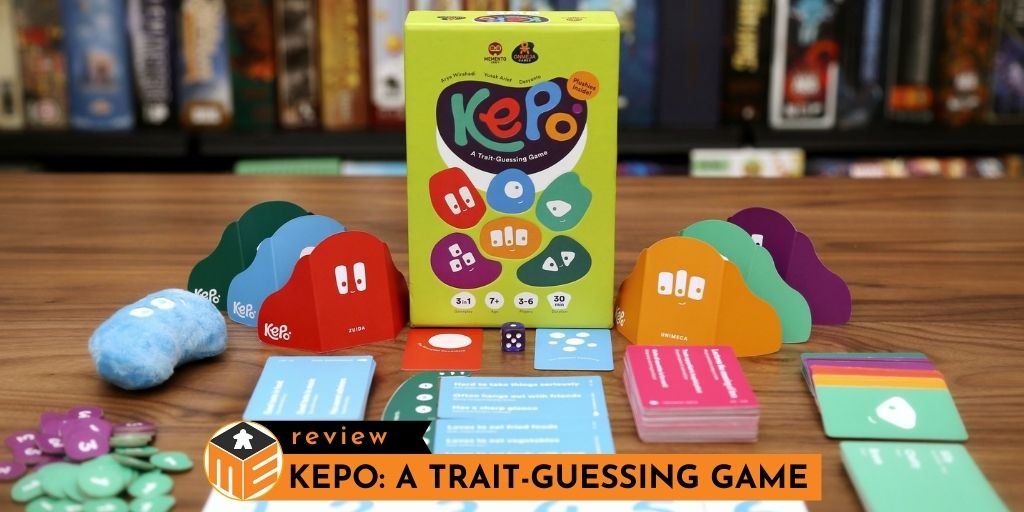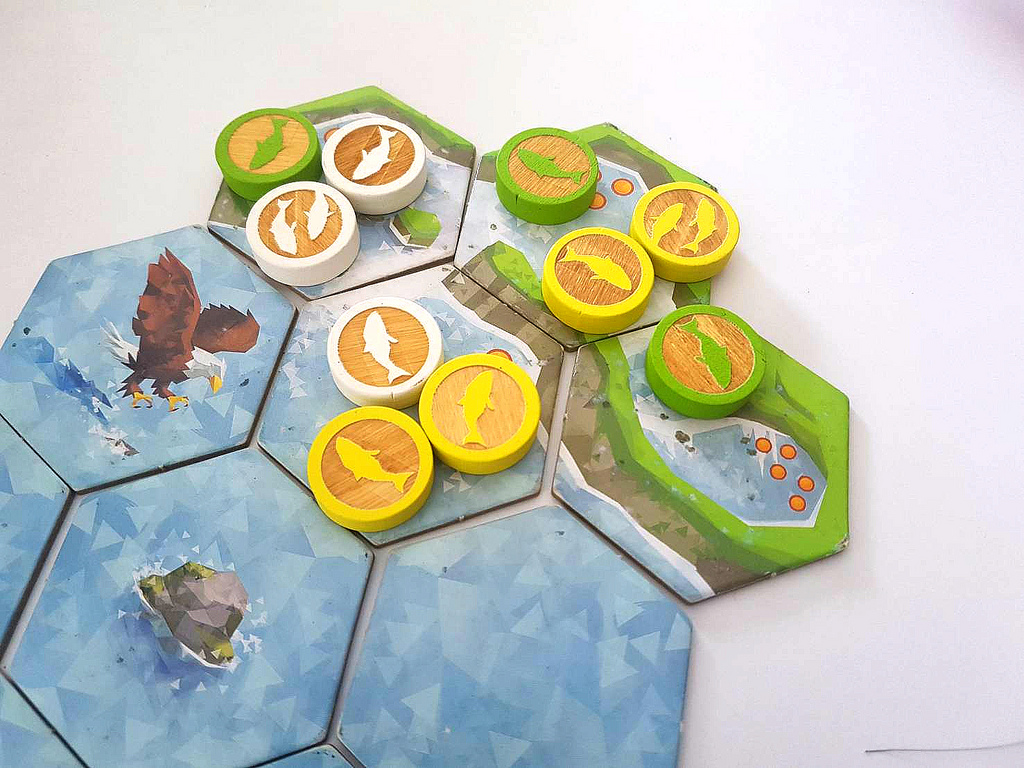It’s been two years since the release of Cenayang: A Game of Assumption was written by Stephan. And now, Memento Craft is collaborating with OnMeja Games to produce their latest piece. This time, it’s another light game, Kepo: A Trait-Guessing Game. Is this new board game from the duo Arya and Yusak fun?
AN OVERVIEW FOR KEPO: A TRAIT-GUESSING GAME
In 2200, a treaty of friendship is established between Earth and Planet Kepo. The aliens’ high curiosity towards earthlings’ traits drives them to further investigate. With this reason, both parties held ‘A Game of Traits’, a grand competition to decide who has the best sense to understand the others’ traits. The winner will be nominated as the ambassador of Earth in Planet Kepo.
While learning about the game, I asked Yusak, one of the designers, where they got their inspiration. This game is based on Johari’s window, did you guys know this term? It is a technique created by Joseph Luft and Harrington Ingham, two renowned psychologists from the USA. Since 1955, this technique has been used to help people learning the relationship between themselves and the others. Through a set of test, the participants can understand and reveal the hidden and unknown traits among them and their partners. Interesting, isn’t it?

Kepo: A Trait-Guessing Game has three game modes, two of them are played competitively, and the other one is for cooperative purpose. Within each mode, players can select one out of three difficulty levels: Beginner, Intermediate, and Advanced. The Trait cards are colour-coded to determine which level they belong to. There are green, blue, and red.
To give an illustration on how we play Kepo: A Trait-Guessing Game, I hereby describe the game mode #1 (competitive) and #2 (cooperative). Both this game modes are quite similar in rules.
If you want to directly read the opinion, you can jump directly to my personal thoughts.
SHORT EXPLANATION ON HOW TO PLAY THE GAME
During the active player turn, he/she draws two Trait cards from the deck, decides which side for this turn, and places both cards vertically beside the cardholder. This sorts out the Traits printed in an order from 1-6.
Afterwards, the active player roll a die secretly behind the player screen. The result determines which trait is discussed and used in this turn. For example, taking a look at the picture, if the die result shows 3, then the trait for this turn is “Has a sharp glance.”

Then, two Rank cards (Strongest and Weakest Candidate) are distributed to two different players (the active player can give one of them to him/herself, if necessary). The strongest candidate determines the player whose attribute fits the aforementioned trait, and vice versa for the weakest.
It’s the job of the passive players now to guess the trait based on the Rank cards distribution. In game mode #1, all players cooperatively discuss and come out with one final answer. Meanwhile, in the competitive game mode #2, each passive player guess separately and give the answer by placing the Signal card face down.
Gathering points in Kepo: A Trait-Guessing Game
For the cooperative game mode #1, the points are obtained together based on the collective correct guesses. Meanwhile, in the competitive mode #2, the active player gains points based on how many passive players guess the trait correctly. The passive players also get a point if their speculation is accurate.
Competitive game mode #3
This last game mode has also a competitive nature, just like the #2. Instead of keeping the roll result secret, it is now public information. The active player will then sort each passive player in a rank order, determining how close they are to the trait. All of them then try to figure out their rank. If they guess it right, both active and that passive players get one point.

End of game
The game of Kepo: A Trait-Guessing Game ends after two rounds. In the competitive mode, the player with the most points wins the game, attaining the title ‘Most Observant Person’ of the year.
Meanwhile, the cooperative mode has a rank list of gathered points that shows how good the chemistry between players. The ‘beat my score’ system determines how smooth the game flow is.
MY OPINIONS ON KEPO: A TRAIT-GUESSING GAME
What a delightful and interesting game! For me, Kepo: A Trait-Guessing Game successfully applies the Johar’s window, incorporating it to the main mechanic and gameplay of the game. It felt like going through a set of psychological tests in a more relaxed and fun environment.
This is a bi-lingual language, so expect that the traits are printed on the cards in English and Bahasa.
It takes approximately 30 minutes to complete a session. Thanks to this short duration, we could try several modes multiple times. All four people in my group unanimously like both game mode #2 and #3. Perhaps, it's due to our competitive nature. If talking which one out of these two is the most favourite between us, it's a stall, anyway.
My favourite game mode
Personally, I like the game mode #2. The passive players need to make a guess at how the active players conceives the other players' trait only from both Rank cards. Consequently, the game gets much harder if these clues lead to more than one trait. Nevertheless, that's the art of playing Kepo: A Trait-Guessing Game. We need to estimate to which trait these clues really fit.
Compared to the previous competitive mode, the #3 is rather easy. The idea to only guess how the active player ranks us based on the trait is more straightforward than to speculate which trait the active player has in mind.
What to improve

Out of all the difficulty levels in Kepo: A Trait-Guessing Game, we will only play with Beginner and Intermediate. We did not enjoy the Advance level at all. The traits are too ‘magical’ and irrational. For example, it is impossible to determine who will Become the “Happy Family” Ambassador among us. Not only that, we also found something absurd like who will most likely Talk to Animals or Plants.
At this point, we feel like they have forcefully incorporated this level into the game. In my humble opinion, it does not really reflect Johari's window concept. Due to this reason, we'll stick to the other two levels only.
Something else noteworthy to improve is the build and print quality. I could still tolerate the colour inconsistency on the Trait cards. They show public information, so it does not really matter. Unfortunately, the Signal cards also lack of colour uniformity. It hampered the fun in the game mode #3. As the passive players, could guess the rank from the active player based on the contrasting card colours.

Before we conclude the topic about colour in this game, I need to mention one minor matter. The colour selection for the die could be better. I suggest the publisher to pick another colour outside the ones already used for each Player screen. This is a small thing, but it helps the game to be more intuitive when learning the rules.
Kepo: A Trait-Guessing Game is meant for people age 7+, but I don't think this game is suitable for audiences that young. In addition, the game is pretty personal. Although it's a good thing to play with your besties, I don't recommend you to play with someone else you just met. It can give an impression that you are judging them, making the situation awkward.
CONCLUSION
Kepo: A Trait-Guessing Game is a fun and delightful one. We can laugh while learning deeper about the others. The game is suitable for a close-knit group of friends. I feel it can be used for educational purpose, for example in high school's sociology class. They can have fun while learning.
Original text & pictures: Eddy S. Tandya. Editing & translation: Stephan Celebesario Sonny
I’ve been a gamer my whole life. I got introduced to modern board games in 2019, and since then, I’ve been in love. My goal is to reduce the ratio of unplayed board game in my collection to zero. But, I blame Kickstarter for making it an impossible mission.








